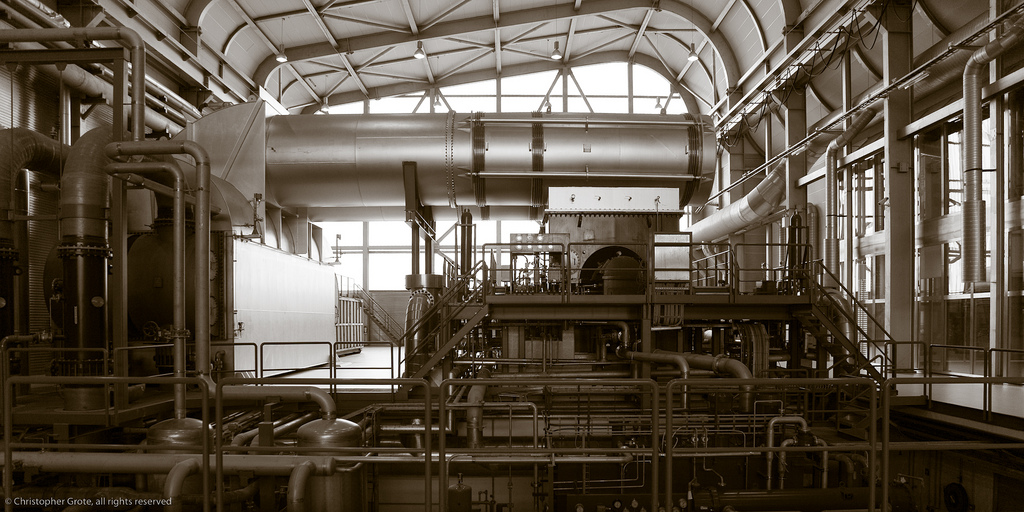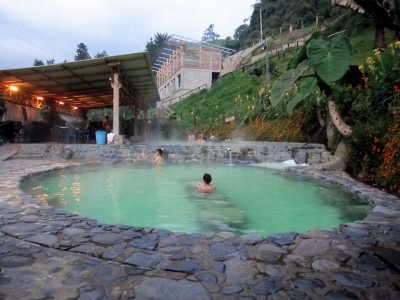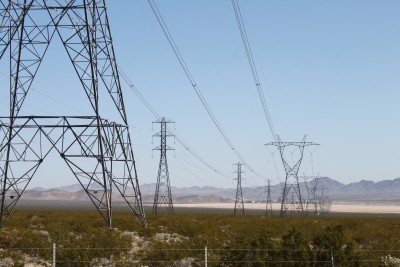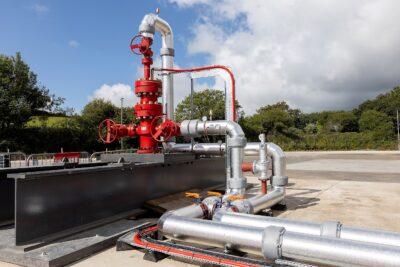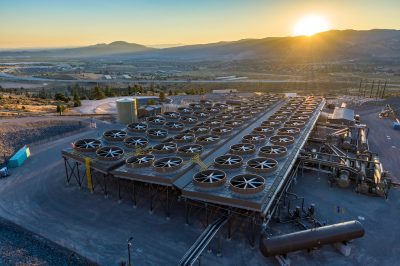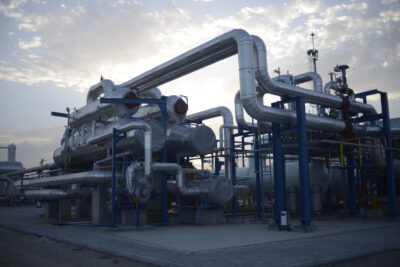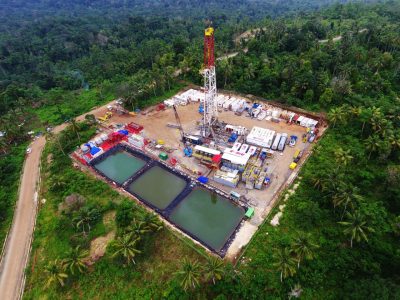Research on use of supercritical carbon dioxide instead of steam in turbines
The net result is that supercritical carbon dioxide is easier to compress, allowing for a simpler turbine that can be 10 times smaller than its steam equivalent
A recent posting in the Scientific American covers one of the most promising advances that could be implemented into the geothermal industry, the use of supercritical carbon dioxide as a replacement of steam to power turbines.
The main principle here is that turbines using supercritical carbon dioxide allow for much smaller and simpler turbines. According to the aforementioned source, “In its supercritical state, carbon dioxide is nearly twice as dense as steam, resulting in a very high power density. Supercritical carbon dioxide is easier to compress than steam and allows a generator to extract power from a turbine at higher temperatures. The net result is a simpler turbine that can be 10 times smaller than its steam equivalent. A steam turbine usually has between 10 and 15 rotor stages. A supercritical turbine equivalent would have four.”
The advances in this particular field are still on an early stage, yet these smaller turbines can “be a boon for nuclear power stations, concentrating solar farms, geothermal installations, combined heat and power systems, and fossil fuel-fired power plants.”
To read the full article, please follow the link below.
Source: Scientific American
